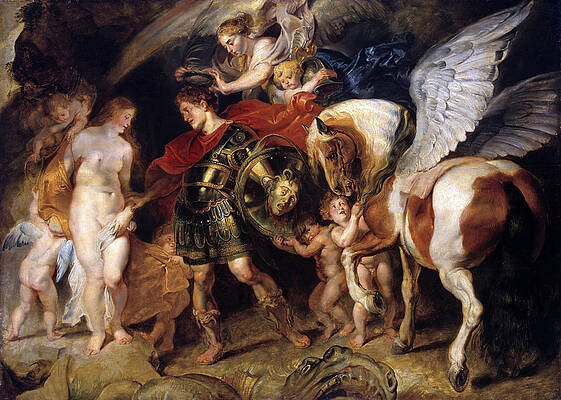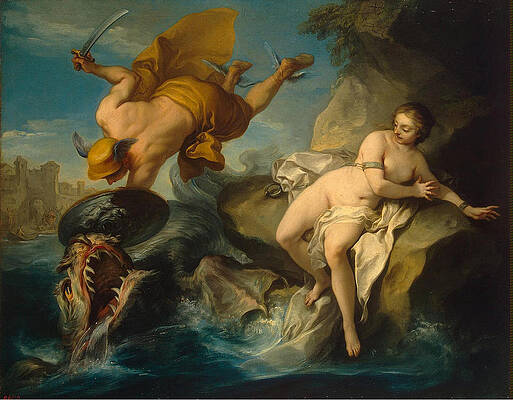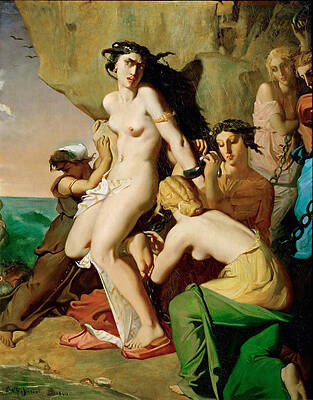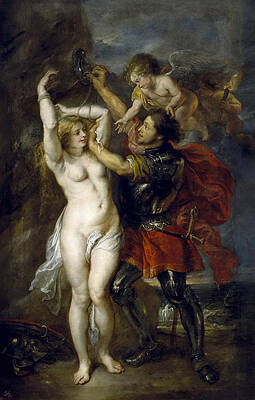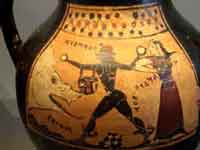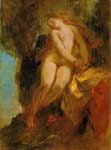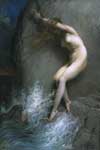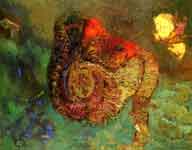.

In Greek mythology, Andromeda (Ανδρομέδα) ("ruler of men") was the daughter of Cepheus and Cassiopeia, king and queen of the Ethiopians.
Cassiopeia, having boasted herself equal in beauty to the Nereids, drew down the vengeance of Poseidon, who sent an inundation on the land and a sea-monster, which destroyed man and beast. The oracle of Ammon having announced that no relief would be found until the king exposed his daughter Andromeda to the monster, she was fastened to a rock on the shore.
Perseus, returning from having slain the Gorgon, found Andromeda, slew the monster, set her free, and married her in spite of Phineus, to whom she had before been promised. At the wedding a quarrel took place between the rivals, and Phineus was turned to stone by the sight of the Gorgon's head (Ovid, Metamorphoses v. 1).
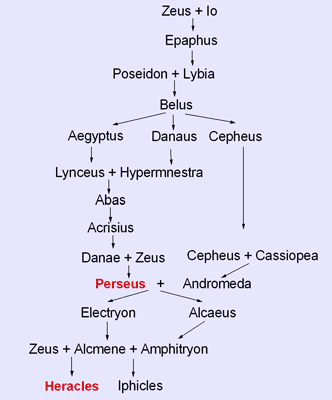
Simplified Heracles and Perseus Genealogy

Andromeda with two Ethiopians, BM E169
Andromeda exposed to the sea-monster
Andromeda followed her husband to Tiryns in Argos, and became the ancestress of the family of the Perseidae through Perseus' and Andromeda's son, Perses. Perseus and Andromeda had six sons (Perseides): Perses, Alcaeus, Heleus, Mestor, Sthenelus, and Electryon, and one daughter, Gorgophone. Their descendants ruled Mycenae from Electryon down to Eurystheus, after whom Atreus got the kingdom, and include the great hero Heracles.
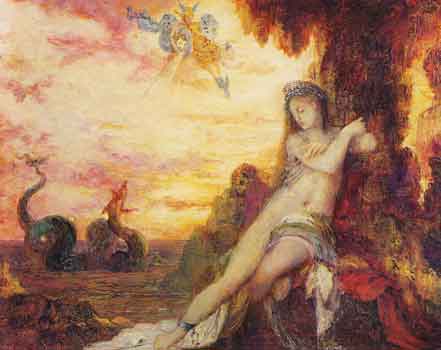
Perseus and Andromeda , Gustave Moreau, Bristol City Museums and Art Gallery , England
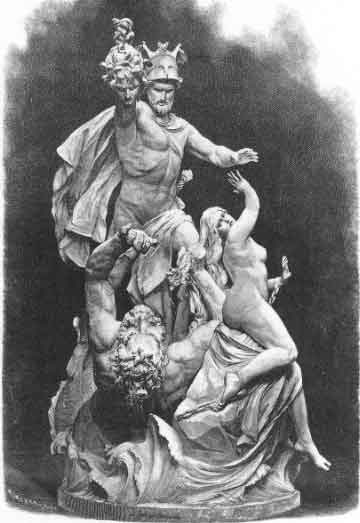
Perseus Freeing Andromeda , Johannes Pfuhle , 31 March, 1883, Pagination: vol.XXVII, no. 13, 205 , From the colossal group by Johannes Pfuhle Canadian Illustrated News, Vol. #, No. #, Page # Canadian Illustrated News."
After her death she was placed by Athena amongst the constellations in the northern sky, near Perseus and Cassiopeia. Sophocles and Euripides (and in more modern times Corneille) made the story the subject of tragedies, and its incidents were represented in numerous ancient works of art.
Andromeda and the Sea Monster, 1700-04 , Pierre Etienne Monnot (French, 1657-1733) , Marble, Metropolitan Museum of Art, New York.
Perseus and Andromeda, Jean Auguste Dominique Ingres
Perseus Liberating Andromeda, 1657-58, Francesco Maffei ( 1605-60)
Perseus and Andromeda, 1611, Joachim Wtewael (1566-1638), Musée du Louvre, Paris.
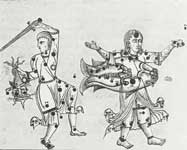
Perseus and Andromeda, after a miniature of the 14th century, "Liber der Locis Stellarum Fixarum.", Spanish Manuscript, Arsenal Library Paris

Perseus and Andromeda, sculpture, P. Puget, Louvre Paris

Andromeda and the Sea Monster, Domenico Guidi (1625 - 1701 )
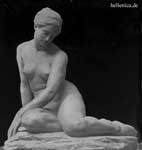
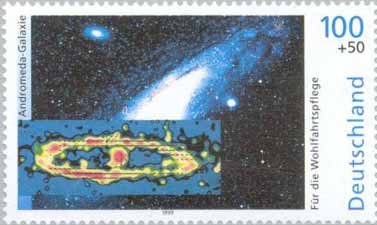
The Andromeda Galaxy
Sources
Apollodorus, Bibliotheke II, iv, 3-5
Ovid, Metamorphoses IV, 668-764.
Perseus and Andromeda, Giorgio Vasari, c. 1570
Perseus and Andromeda, Peter Paul Rubens
Perseus and Andromeda, Charles-Andre van Loo
Perseus and Andromeda, Joachim Wtewael
Andromeda, Edward John Poynter
Perseus and Andromeda, Anton Raphael Mengs
Andromeda freed by Perseus, Piero di Cosimo
Andromeda Chained to the Rock by the Neireids, Theodore Chasseriau
Perseus Freeing Andromeda, Peter Paul Rubens and Jacob Jordaens
|
|
|
Perseus Freeing Andromeda , Peter Paul Rubens c. 1622 |
|
Andromeda, Eugène Delacroix |
Andromeda exposed to the sea-monster. Paul Gustave Doré |
|
|
Andromeda Odilon Redon |
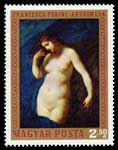
Andromeda, Francesco Furini |
See also : Greek Mythology. Paintings, Drawings
| Ancient Greece
Science, Technology , Medicine , Warfare, , Biographies , Life , Cities/Places/Maps , Arts , Literature , Philosophy ,Olympics, Mythology , History , Images Medieval Greece / Byzantine Empire Science, Technology, Arts, , Warfare , Literature, Biographies, Icons, History Modern Greece Cities, Islands, Regions, Fauna/Flora ,Biographies , History , Warfare, Science/Technology, Literature, Music , Arts , Film/Actors , Sport , Fashion --- |
m "http://en.wikipedia.org"
All text is available under the terms of the GNU Free Documentation License

